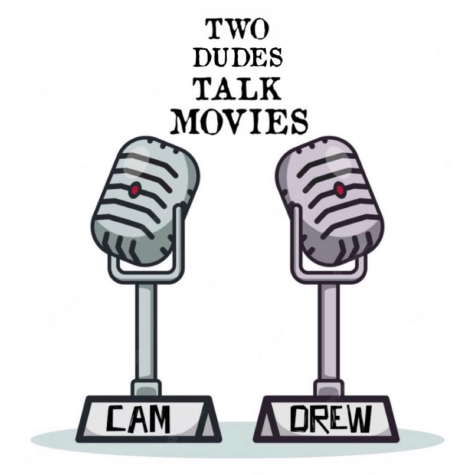The lost art of the analogy
My consciousness was about half alive, the television seemed to be consistently changed on its own when I heard a comment.
“Ms. Sheehan is the Rosa Parks of her generation.”
For those of you cave dwellers, California housewife Cindy Sheehan is the grieving mother of a fallen young soldier who has decided to camp out in Crawford, Texas, demanding a meeting with our vacationing commander-in-chief.
The idea of non-violent protest is not the issue because I can proudly say that my parents wore the bell bottoms, yelled the chants and probably drank the weird tasting purple Kool-Aid during their day. However, this issue has two sides and it’s a pair of questions nobody has bothered to ask.
Why do we constantly use analogies? And, how did the media manage to make the leap to Rosa Parks?
To answer the first question, analogies are supposed to be used to give the general public a logical reference point if they are not educated on the topic.
Rosa Parks was a prominent figure as the local secretary of the National Association for the Advancement of Colored People and nobody can argue how badly she was wronged while in a bus on the morning of December 1, 1955.
This is a woman who is correctly accredited with being a key member of the Civil Rights movement. Parks risked her life, the life of her family, jail time and the opportunity for future employment with her brave act.
While Sheehan’s act is brave as well, she is being prominently portrayed after being interviewed live by every morning, afternoon and evening talk show for simply finding a new way to ruin George W. Bush’s year-long or as he calls it “summer” break.
Simply being a 24-hour news organization does not give media members the right to use ridiculous hyperboles and irrational correlations. What’s next? Will she be Joan of Arc next week, what about Susan B. Anthony? Harriett Tubman? Memo to the CNN’s, MSNBC’s, Fox News’ of the world: another version of the Vietnam War protests will never happen again and trying to inject enthusiasm makes you less appealing to the common viewer with a brain.
Another similar brain fart in the world of sports was the broadcast of the 2005 Indianapolis 500 when female driver Danica Patrick was compared by ABC commentator Todd Harris to Sally Ride and Amelia Earhart. Patrick failed to win the race, Ride’s initial mission was successful and Earhart is dead. That’s what we like to call a wide range of incompetence.
While I truly feel for the loss of a child, at this point one must question if Sheehan wished to be portrayed as the figurehead for all things against the war in Iraq.
“I want to ask the president, why did he kill my son,” Sheehan said to reporters at the scene.
“He wouldn’t look at the pictures of Casey (her son). He didn’t even know Casey’s name,” she told CNN Sunday (otherwise known as the program giving her a forum to rant on).
The politics of why Sheehan is in the Lone Star State may be debatable but it’s not the crucial issue.
One must wonder what Sheehan would say to the question, “Madam, what makes your son more important than the 1,829 American troops that have died during this period?”
We in the media have a responsibility to be sensible enough to determine the difference between inventive action and newsworthy events, because it’s that lack of journalistic integrity that makes analogies sound like irresponsible comparisons.










































